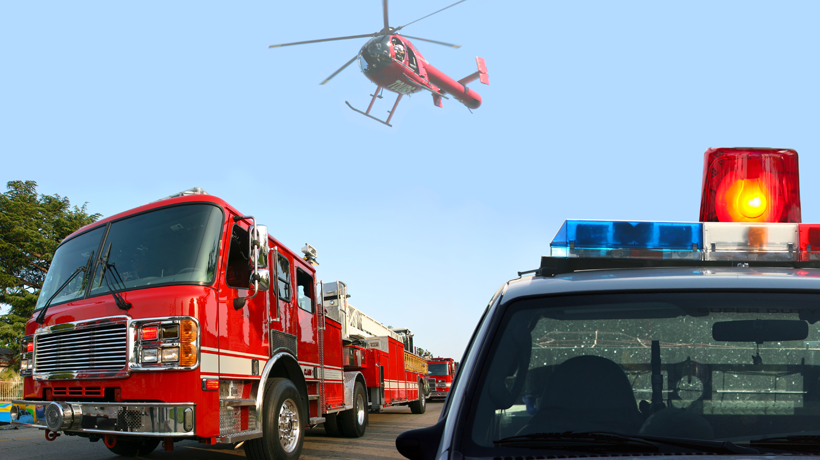Whether planned or unplanned, special operations, events and crisis situations happen. Having prepared agencies and organizations is key to restoring order.
In Canada, Intergraph’s Planning and Response (IPR) solution supports the planning and response needs of law enforcement, fire and rescue services, and other crisis response agencies. In my last post, I looked at the 6 Major Advantages of the Common Operating Picture, which is critical to collaboration between agencies and organizations involved in special operations and events. You should check it out.
In this post, I talk about the five key benefits to emergency planning and response technology. So, without further ado, here they are.
1. Operational Repeatability
Many agencies are involved in special operations and events year after year. And a lot of pre-event planning goes into these types of operations. IPR gives agencies the ability to capture the experiences and operational knowledge of their people, creating a historical record of the operations for future planning. Then, table top exercises can be used to test the plan. If any changes need to be made after the tests, they can be implemented and ready for the operation.
2. Agency-specific Configurability
No two agencies are alike. IPR gives each agency the flexibility to implement their own workflows, tasks, and responsibilities based on agency policies and standard operating procedures.
3. Inter-agency Collaboration
IPR allows multiple agencies to share information during an operation or event. By using a common operating picture, these agencies have map-based view of an operation as it unfolds. This helps reduce communication times between agencies and adds clarity as to who is responsible for what. Because IPR is web based, it allows users to be where they need to be and still communicate with each other, whether that is out in the field or in the emergency operations center.
4. External System Connectivity
IPR give agencies the ability to interface with external systems like city road networks and cameras, internal web pages and access to CAD information. The ability to interface with other systems reduces the number of people needed to communicate with external agencies as well as reduces communication time.
5. Post-operation Analytics
IPR captures all of the activities during a special operation or event. As each operation is completed, IPR can be used to review and analyze how an operation transpired. Then, operational updates and lessons learned can be added to future pre-planning efforts. Post-operation analytics capabilities provide feedback as to what was done right and where planning and response efforts could improve, allowing agencies to be more consistent with their services.
Want to learn more about IPR, register for one of our upcoming Emergency Management Roadshows. These two hour complimentary session will be led by our industry experts and will discuss all things Intergraph Planning & Response.















